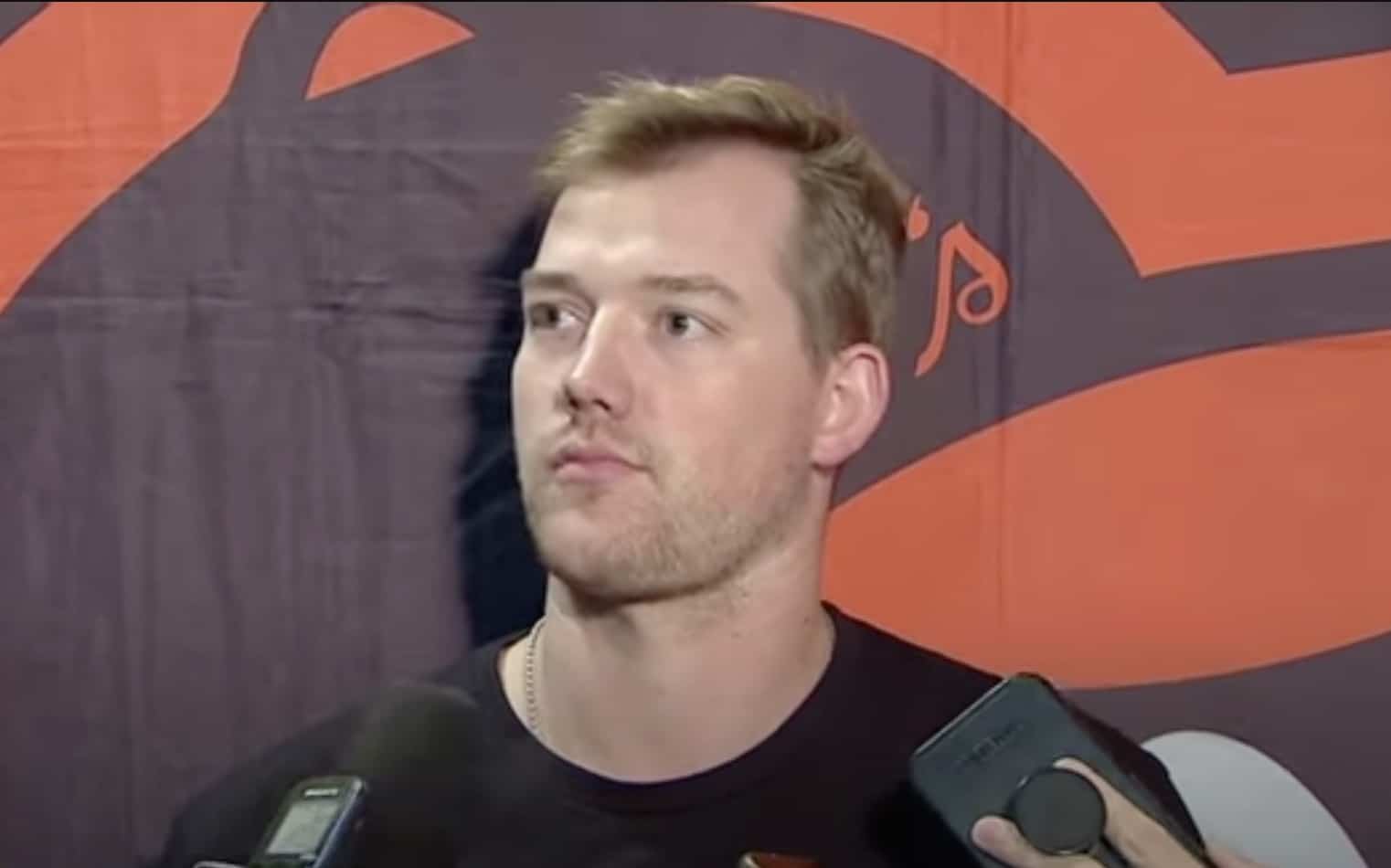Veteran running back Mark Ingram acknowledged Wednesday what many have been thinking about the Ravens through the first five games of the season.
Even with a 4-1 record and an NFL-leading 5.6 yards per carry average, the revolutionary offense that spawned an MVP season from Lamar Jackson and numerous league and franchise records a year ago hasn’t been the same so far in 2020.
“We know that we want to improve. We know we want to get better,” Ingram said. “And we have to get better in order to get to where we want to go — which is to be champions. The 2020 Ravens are still working on our identity, and we’re still working to be the best possible versions of ourselves.”
That identity was crystal clear in 2019 as Baltimore set a league record with 3,296 rushing yards and Jackson set a new NFL mark for rushing yards by a quarterback with 1,206. With opponents having few answers for the play-action passing game tied to that ground attack, Jackson led the league with 36 touchdown passes.
Approaching that extraordinary production and efficiency was always going to be difficult, especially after the retirement of eight-time Pro Bowl right guard Marshal Yanda. And despite less efficiency on first down and a greater reliance on long runs, the rushing totals have remained robust overall, making it clear the Ravens haven’t lost total sight of who they are.
Still, a dynamic pillar of the offense was altered when the Ravens traded Hayden Hurst to Atlanta in March.
To be clear, we’re not talking as much about Hurst’s individual numbers as he produced a modest 30 receptions for 349 yards and two touchdowns last season, but his departure broke up what was a high-impact trio of tight ends pivotal as blockers in the running game and as matchup problems against pass defenses designed to stop three-receiver sets in today’s game. Though Baltimore may have secured its running back of the future in J.K. Dobbins with the second-round pick acquired form the Falcons, it’s tough not to look at a diminshed tight end position as a reason why the Ravens are still developing their 2020 identity.
“I think that’s probably a factor,” offensive coordinator Greg Roman said. “We’re working hard, and whether you’re throwing to tight ends, receivers, backs, really, the focus is execution, and whatever pass route you might run, it’s just being sharp, crisp. At times, we’re doing a really nice job; we just have to work on our consistency. I really think everything in our offense is a work in progress.”
After Baltimore tight ends were targeted roughly 41 percent of the time a year ago, that share has dipped to just shy of 27 percent in 2020. Pro Bowl selection Mark Andrews has seen his target share remain roughly the same (22.3 percent in 2019 to 21 percent) and remains a touchdown machine, but blocking tight end Nick Boyle has accounted for just 5.8 percent of targets compared to 9.8 percent last year, which is a bit puzzling after he caught a career-high 31 passes for 321 yards and two touchdowns. Many anticipated more targets for both Andrews and Boyle with Hurst no longer in the picture, but that hasn’t been the case for either tight end.
To no surprise, Andrews is playing 68 percent of snaps after an even split with Hurst at 41.4 percent apiece last year, but Boyle is playing fewer snaps at 64.3 percent compared to just under 70 percent a year ago. Yes, we’ve seen fullback Patrick Ricard line up as a blocking tight end at times, but an offense that used two or more tight ends on 42 percent of its plays a year ago has dipped to 34 percent and no longer has two options to stress a defense in coverage down the seam as it did with both Andrews and Hurst. The Ravens also lack the ability to play three true tight ends at once as they did roughly 7.5 percent of the time last season, according to SharpFootballStats.com.
After not spending any meaningful resources to add a legitimate third tight end in free agency or the draft, the Ravens were clearly expecting more from their wide receivers. The problem is the group behind Marquise Brown hasn’t really stepped forward as the 2019 first-round pick is being targeted a team-high 26.1 percent of the time while no other wide receiver comes in at higher than 12.3 percent through Week 5.
When you break up a tight end trio that combined for 125 catches, 1,522 yards, and 14 touchdowns last year – Andrews and Boyle have combined for 24 catches for 252 yards and six touchdowns so far in 2020 — you’d certainly like to see more than one Baltimore wide receiver averaging more than two catches per game nearly a third of the way into the new season. Instead, Jackson is leaning even more heavily on Brown and Andrews than he did a year ago.
“We want to throw the ball to the open guy, and that could be anybody,” Roman said. “At times, we’re really doing a good job of that, and at times we’re maybe getting a little greedy. Those are things that will continue to improve as we move forward.”
The Ravens will hope veteran Willie Snead and young options such as Miles Boykin and rookie Devin Duvernay step up as the season progresses. But for now, the offense seems to be missing that dynamic trio at tight end that put the stress on opponents to keep them a step or two behind last season.






























